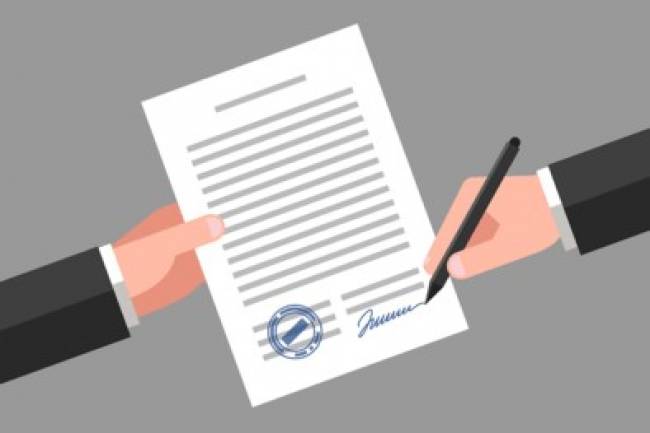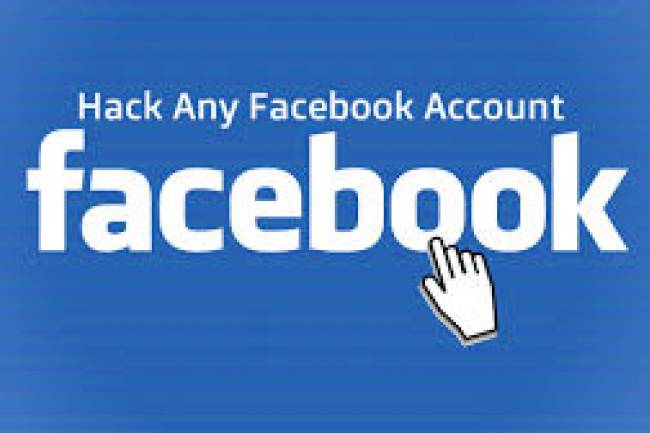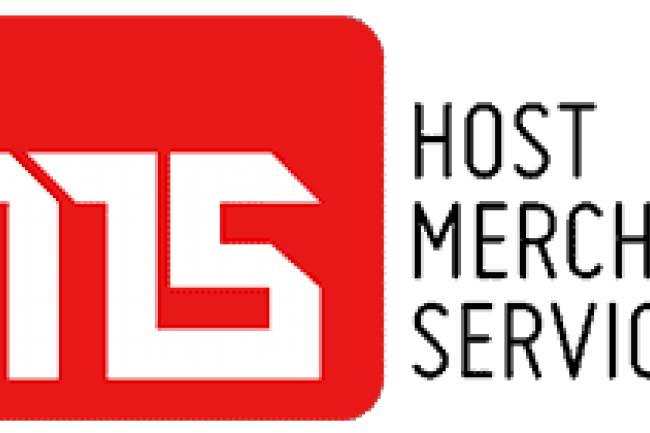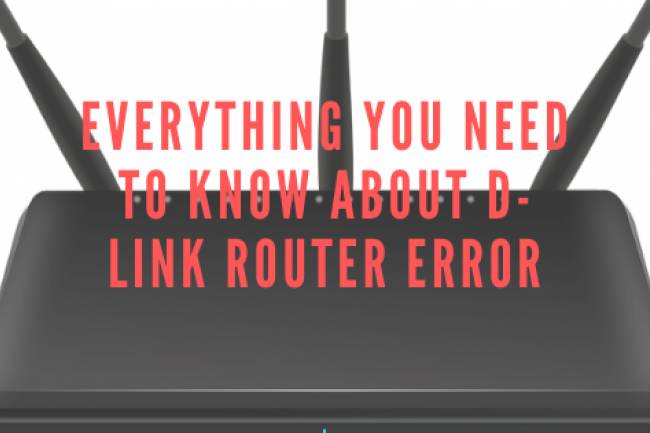B2B Lead Generation Trends: What's Next in the World of Business Leads?
What strategic developments embrace the automation of B2B businesses?
Considering the evolving shifts of today’s world, finding quality leads remains a challenge for B2B companies and marketers as consumer preferences and behaviors go through constant changes.
In terms of telemarketing and bulk emailing, those strategies are no longer
effective. Business leaders expect value-driven, personalized communication centered around them.
With tightening budgets, growing competition, data automation, and multimedia, smarter businesses are utilizing information to streamline trust-building processes with their audience, in order to convert them into staunch clients.
In this article, we’ll discuss B2B lead generation trends, what drives them, and how businesses can leverage those strategies to grow profitably.
1. Personalized Content Marketing
Universal messaging no longer resonates. B2B prospects expect customized content relevant to their issues and objectives that help them achieve their business milestones.
Blogs, landing pages, and targeted emails are now easily generated with the use of sophisticated analytics and AI, which tailor to client specific needs, making it highly personalized.
When businesses sort out their audience by industry, behavior, or even job
function, they are able to supply tailored content. HubSpot and Salesforce offer tools that automate and personalize content delivery based on user engagement.
There are also new trends in interactive content such as calculus, quizzes, and self-assessments. These actively engage users while simultaneously collecting valuable information that improves the accuracy of lead scoring. Engagement is not the only thing that personalization improves; it also enhances trust alongside conversions.
2. Video Marketing Takes Center Stage
Video content is no longer restricted to the B2C sphere. B2B companies are pouring resources into videos for product demonstrations, service explanations, and even client testimonials. Why? Because 72% of buyers prefer learning about products via video, rather than text.
Engaging, succinct videos boost engagement and time spent on site. B2B brands are tapping into YouTube, LinkedIn, and even TikTok for lead generation campaigns. Powerful brand authority is built through explainer videos, and behind- the-scenes footage, and expert interviews bolster it.
Product demonstrations are especially important for customers making purchasing decisions. For instance, adding a product video to a product page on WooCommerce makes complex offerings easier to understand, fostering confidence amongst users in B2B e-commerce settings.
3. AI and Automation for Smarter Prospecting
AI is transforming the methods businesses use to identify and qualify prospects. Rather than manually sifting through data AI tools, for example, check website visits, social interactions, and emails to determine which prospects are most likely to convert.
AI algorithms that automate lead scoring improve with time due to machine learning, allowing sales teams to target only the best prospects. Natural Language Processing (NLP) powered chatbots provide round the clock engagement, answering queries and automatically qualifying leads.
AI powered CRMs like Zoho, Salesforce and Marketo offer real-time suggestions on when to follow up, identifying deal blockers, and even proposing content to be sent. Humans are best complemented by automation when accuracy and hyper efficiency is required.
4. Account-Based Marketing (ABM) Gains Momentum
Account Based Marketing has shifted focus where companies and marketers are going “deep” instead of casting wide nets. ABM focuses on high value targets through tailored campaigns designed for specific company needs and problems.
Marketers and sales collaborate to design bespoke content, offers, and tailored interactions for decision-makers in targeted organizations. This move enhances ROI while shortening the sales cycle by directing attention on high value prospects.
Demand base and Terminus are examples of technologies that assist in identifying and monitoring account interactions as well as account engagement in real time enabling teams to adjust strategies within the moment. ABM is particularly beneficial in use cases with long sale cycles, complex sales involving several stakeholders.
5. LinkedIn Remains the Top B2B Platform
Despite the growth of multiple B2B marketplaces, with over 950 million users, LinkedIn still holds the position as the number one generator of B2B leads. It has powerful tools like LinkedIn Sales Navigator, InMail, and even advertisements which targets the highest-level decision makers.
Distributing authoritative documents and participating in professional forums advanced LinkedIn's user's brands and have helped enforce their image as experts. LinkedIn has introduced new engaging ways to capture and also generate interest such as using live video, polls, and carousel posts.
Updating company pages regularly with provide valuable information increases followers and unsolicited messages. With the new leads AI provided insights, it is possible to identify which leads are more prone to respond helping make targeted outreach.
6. Intent Data and Predictive Analytics
Knowing when an interest is wanting to buy and why they are willing to buy is important. This is where your intent data is useful. This shows what companies are looking into and when they are planning to make decisions.
Businesses can now leverage intent data services offered by Bombora and G2 which track keywords, content downloads, and even competitor page visits. This ensures that businesses make their contacts at the perfect moment with the perfect message.
Predictive analytics adds a further layer by utilizing older information to predict actions. With these combined, companies can now identify which leads to search for. Instead, optimizing campaigns and minimizing time spent on useless prospects is effortless.
7. Voice Search and Conversational Marketing
Voice technology is becoming part of the B2B lead gen mix. More professionals are using voice assistants to search for information, so optimizing content for voice search is now essential.
Conversational marketing, which includes real-time chats, voice interactions, and messaging apps, creates faster and more natural communication. Tools like Drift and Intercom allow sales teams to instantly connect with visitors, gather insights, and set meetings.
This trend focuses on building real conversations instead of one-way promotions. It shortens response times, increases engagement, and makes lead generation more human and effective.
8. Data Privacy and Compliance
With data regulations like GDPR, CCPA, and others becoming stricter, businesses must be more careful in how they collect and use lead data. Transparency, consent, and security are now must-haves in any lead generation process.
Companies are redesigning forms, cookie policies, and email opt-ins to ensure compliance. A clean and ethical data strategy not only avoids legal trouble but also builds trust with potential leads.
Providing clear privacy policies and using verified tools for data storage and usage gives clients confidence in sharing their information. Long-term success in B2B lead gen depends on trust and integrity.
9. Hybrid and Virtual Events
While the pandemic has moved most events online, in person meetings are now back to business as usual but hybrid events are the new normal. Webinars, livestreams, and virtual expos offer more cost-effective ways to capture global audiences.
These events are excellent for lead generation. Companies can offer value packed sessions with live Q&As to capture high quality leads. Engagement tracking and data collection is streamlined through registration forms, polls, and follow-ups after the event.
The hours of content created during these events can be transformed into shorter pieces, greatly expanding their reach and lifespan. Managing and hosting these events seamlessly becomes so simple through tools like Zoom, Hopin, and ON24.
10. Human-Centric Branding
Every transaction done in business-to-business is carried out by an individual. Firms are quickly coming to terms with this. Humanizing your brand through storytelling and genuine interactions can drive lead generation remarkably, and that impact should not be overlooked.
People don’t trust brands, but people trust people. Providing insights into your team, sharing customer accomplishment stories, and explaining company culture highlights strengthen emotional ties.
Shifting the focus toward emotional branding creates deeper connections and enhances loyalty while making leads more valuable. Relatability and authenticity set you apart in oversaturated markets.
Conclusion
The way businesses acquire leads is shifting rapidly. Strategies that worked five years ago may not be valid today. The upcoming B2B lead generation paradigm centers on hyper-personalization, advanced predictive capabilities, and intelligence concerning platforms. Potential clients can be engaged through smarter, faster, and more human ways using AI, video, ABM, and intent data.
Business success hinges on understanding the audience, analyzing data, making informed decisions, and capturing their imagination through relevant content that helpful in guiding leads through the funnel. For example, including product videos through WooCommerce product video plugin transform into valuable lead- generating tools.
As the digital landscape continues to evolve, staying updated on trends and testing new strategies will keep you ahead of the curve. Focus on building trust, delivering value, and nurturing relationships—because at the end of the day, great B2B marketing is about helping people make smart decisions.












